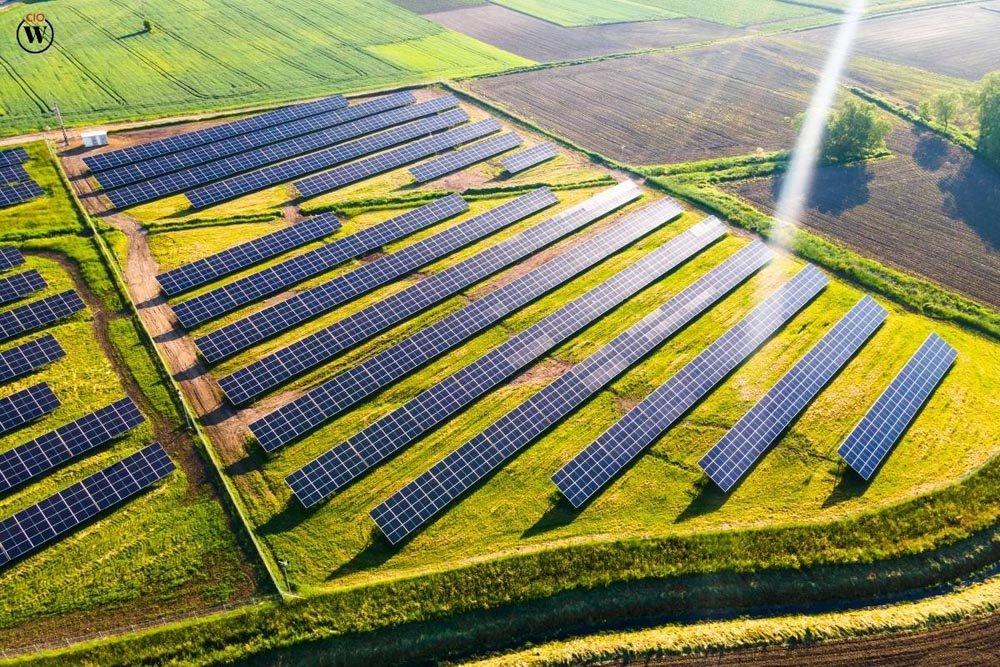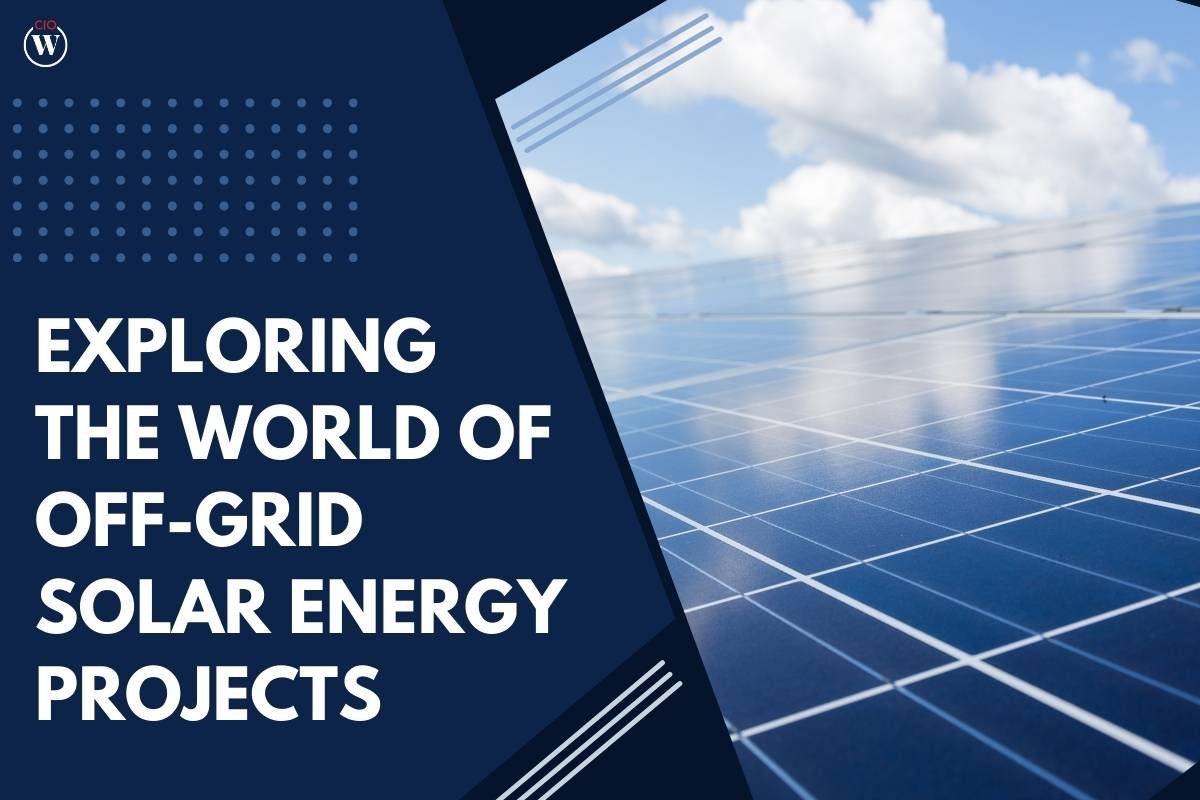In a world where access to electricity is often taken for granted, off-grid solar energy projects have emerged as a beacon of hope for communities in remote areas. These innovative projects not only bring light to places that have long been in the shadows but also represent a sustainable solution to the global energy challenge. This article delves into the realm of off-grid solar energy projects, exploring their significance, impact, and the promising future they hold.
The Global Energy Landscape
As the energy demand continues to rise worldwide, a considerable portion of the global population remains without access to reliable electricity. According to the International Energy Agency (IEA), over 1 billion people still lack access to electricity, primarily in developing regions. This stark reality not only hampers economic development but also limits educational opportunities and access to healthcare.
In response to this pressing issue, off-grid solar energy projects have emerged as a viable and scalable solution. These projects leverage solar power to provide electricity to areas where traditional grid infrastructure is impractical or economically unfeasible.
The Essence of Off-Grid Solar
Off-grid solar energy refers to the generation of electricity through solar panels that are not connected to the main electrical grid. These systems are typically deployed in remote or rural locations, offering a decentralized and sustainable source of power. Off-grid solar solutions vary in scale, from small household systems to larger community-level projects.
Advantages of Off-Grid Solar Energy Projects
- Energy Independence: Off-grid solar systems allow communities to become self-sufficient in terms of energy production. They are not reliant on centralized power grids, making them resilient to grid failures or disruptions.
- Environmental Sustainability: Solar energy is a clean and renewable source of power. Off-grid solar projects contribute to environmental conservation by reducing reliance on fossil fuels and minimizing carbon emissions.
- Empowering Rural Communities: These projects empower rural and underserved communities by providing them with a reliable source of electricity. This, in turn, enhances opportunities for education, healthcare, and economic development.
- Cost-Effective: In many cases, installing Off-grid solar energy projects can be more cost-effective than extending traditional grid infrastructure to remote areas. Solar panels have become increasingly affordable, making them a practical solution for energy access.

Illuminating Success Stories
- India’s Solar Electrification Drive: India, with its ambitious solar electrification programs, has made significant strides in bringing light to remote areas. Projects like the “Solar Urja Lamp” initiative have distributed solar lanterns to households in off-grid regions, transforming lives and providing children with the opportunity to study after sunset.
- East Africa’s Solar Revolution: In East Africa, where many rural communities lack access to electricity, innovative off-grid solar solutions are making a difference. Companies like M-KOPA Solar and d.light have introduced pay-as-you-go solar home systems, allowing users to pay for electricity through mobile phone transactions. This has proven to be a game-changer, providing affordable and reliable energy access.
- Island Nations Embrace Solar Independence: Several island nations, facing unique energy challenges due to their geographical isolation, are turning to Off-grid solar energy projects solutions. Countries like the Maldives and Seychelles are investing in solar microgrids to reduce dependence on imported fossil fuels and increase energy resilience.
Overcoming Challenges in Off-Grid Solar Implementation
While off-grid solar projects have shown immense promise, they are not without challenges. Key hurdles include initial investment costs, technology maintenance, and ensuring community involvement. Governments, NGOs, and private sector entities play a crucial role in overcoming these challenges by providing financial support, technical expertise, and community engagement.
Financial Support and Investment

To address the financial aspect, governments can offer incentives and subsidies to make solar technology more accessible. Additionally, international organizations and impact investors can play a vital role in funding and supporting off-grid solar projects, ensuring their long-term sustainability.
Technology Maintenance and Innovation
To ensure the longevity of off-grid solar systems, ongoing maintenance, and technical support are essential. Collaboration between governments, technology providers, and local communities can facilitate training programs and the development of robust maintenance strategies. Furthermore, continuous innovation in solar technology, including advancements in battery storage, can enhance the efficiency and reliability of off-grid solar energy projects.
Community Engagement and Education
Community involvement is critical for the success of off-grid solar projects. Educating local populations about the benefits of solar energy, involving them in the decision-making process, and creating awareness about sustainable energy practices contribute to the projects’ acceptance and effectiveness.
The Future Landscape of Off-Grid Solar
As technology continues to evolve, the future of off-grid solar energy projects looks promising. Here are some key developments on the horizon:
- Advancements in Battery Technology: Improved battery storage technology will play a pivotal role in the scalability and reliability of off-grid solar systems. Innovations in energy storage will address the intermittency of solar power, ensuring a stable energy supply even during periods of low sunlight.
- Smart Grid Integration: The integration of smart grid technologies will enhance the efficiency of off-grid solar projects. Smart grids enable real-time monitoring, demand-side management, and optimization of energy distribution, contributing to overall system resilience.
- Inclusive Business Models: Inclusive business models that prioritize community ownership and participation will become increasingly prevalent. These models ensure that the benefits of off-grid solar projects are equitably distributed among local populations, fostering sustainable development.
- Government Policies and Support: Continued support from governments through favorable policies, regulations, and financial incentives will be instrumental in driving the widespread adoption of off-grid solar solutions. Policy frameworks that encourage private sector participation and innovation will contribute to the sector’s growth.

Conclusion
Off-grid solar energy projects stand at the forefront of a sustainable and inclusive energy future. By addressing the challenges of energy access in remote areas, these projects not only bring light but also pave the way for economic development, improved education, and enhanced healthcare. As technology advances and global efforts to combat climate change intensify, the potential impact of off-grid solar projects on transforming lives and communities around the world is brighter than ever. It is through such innovations that we can truly illuminate the path to a more equitable and sustainable future for all.









